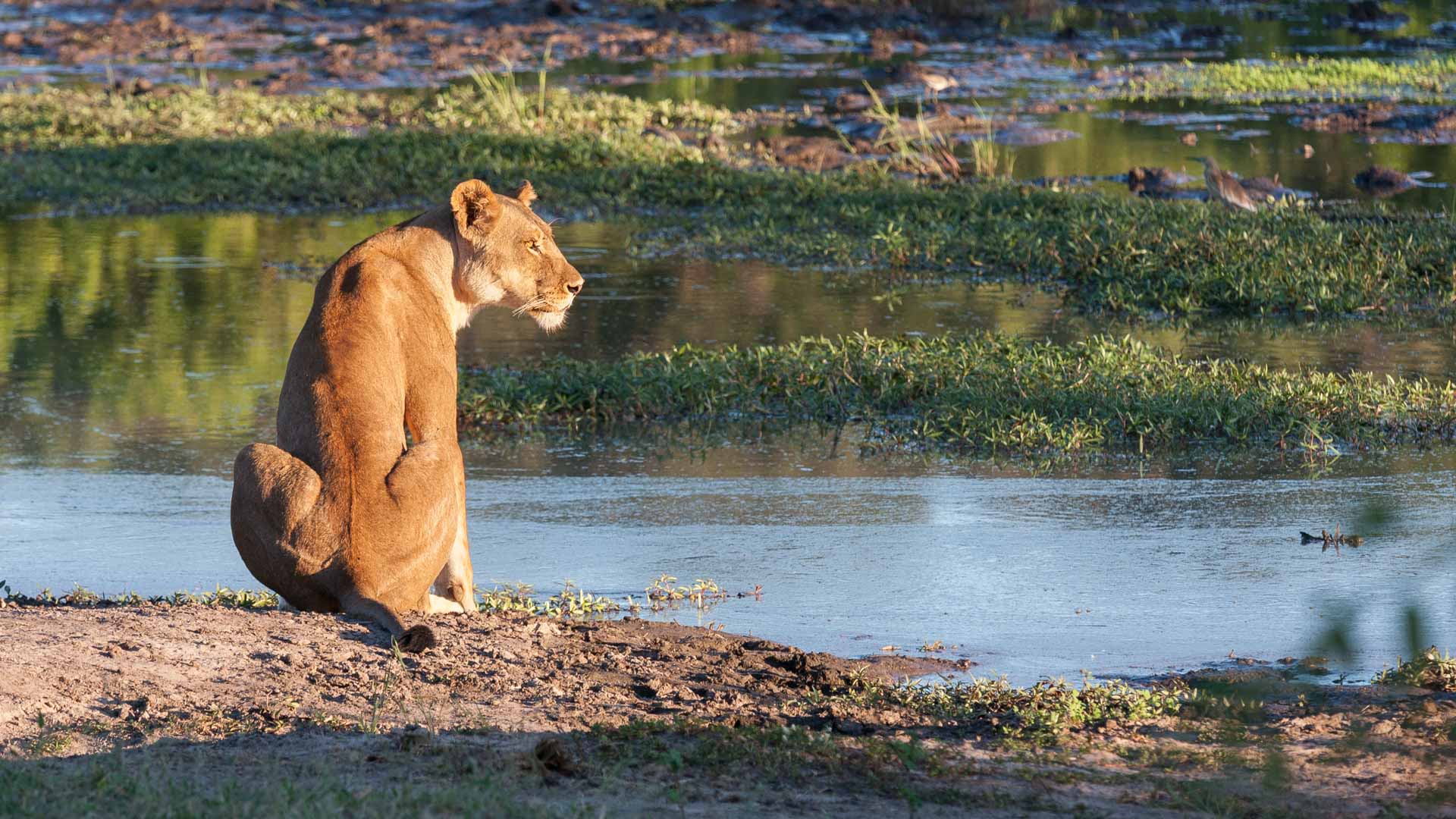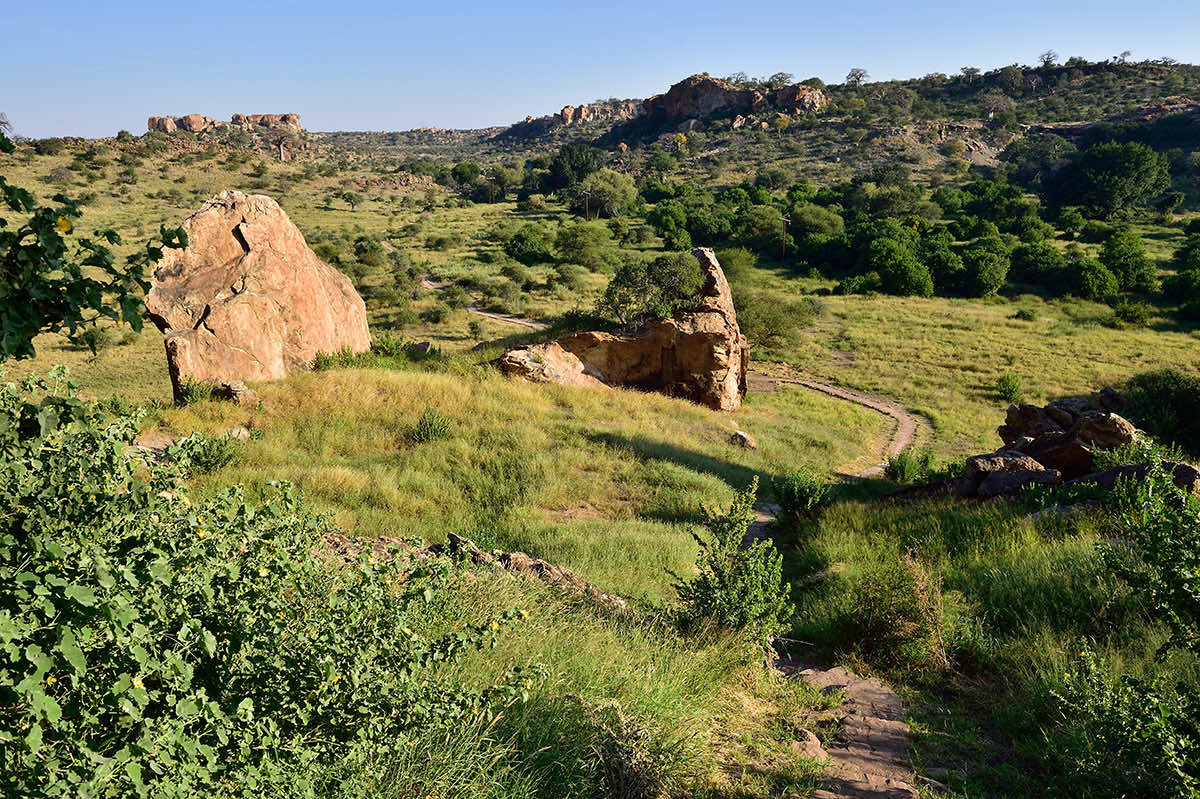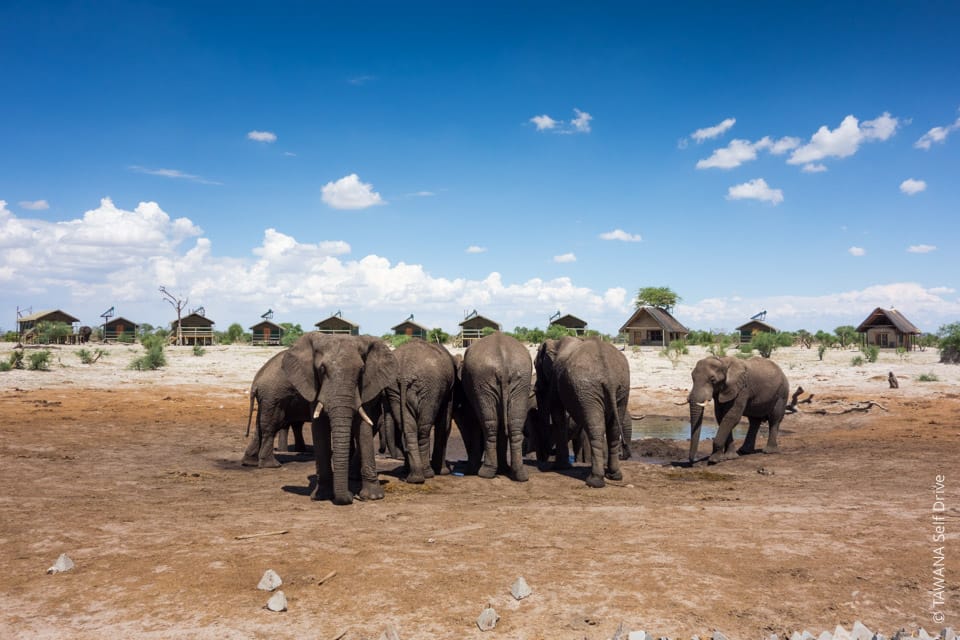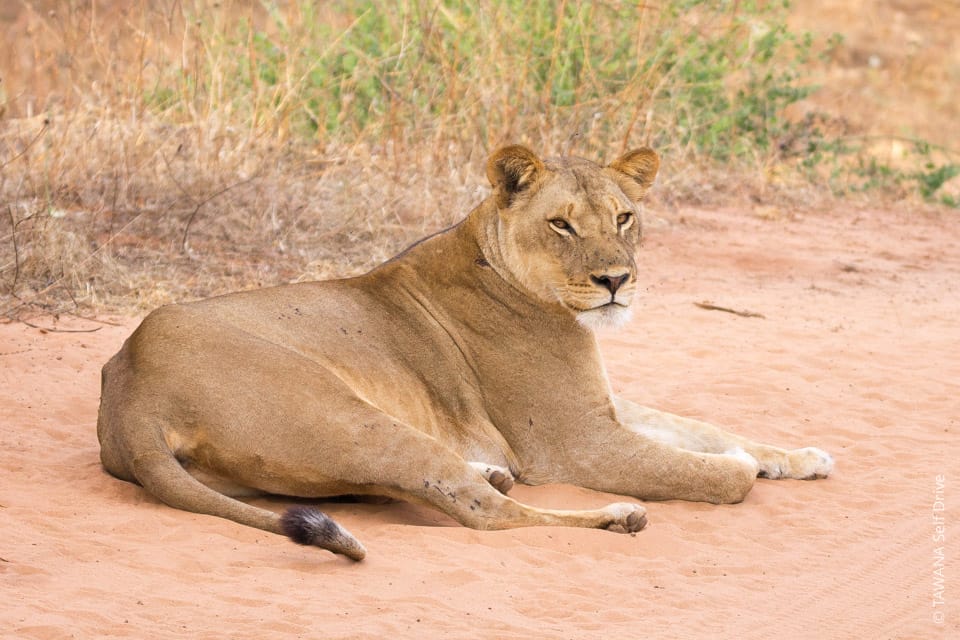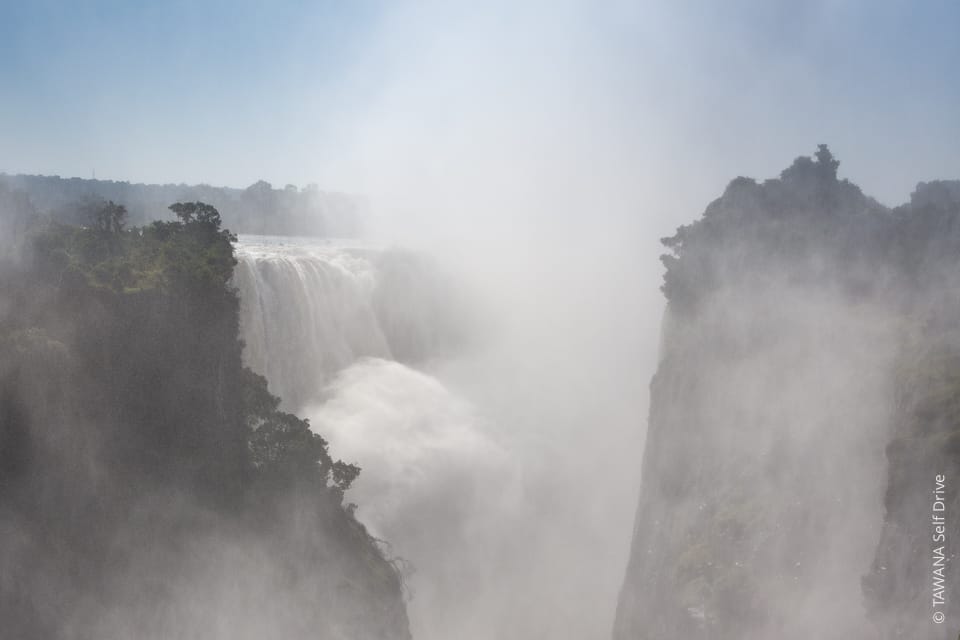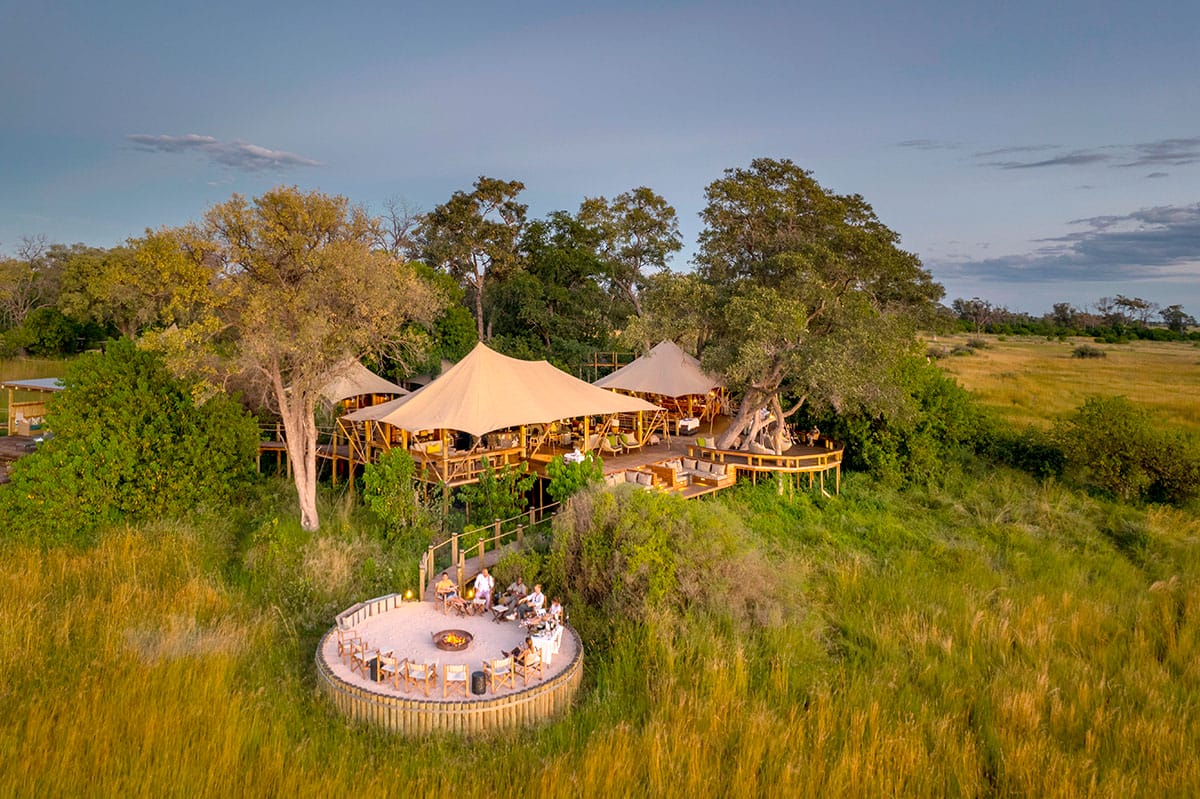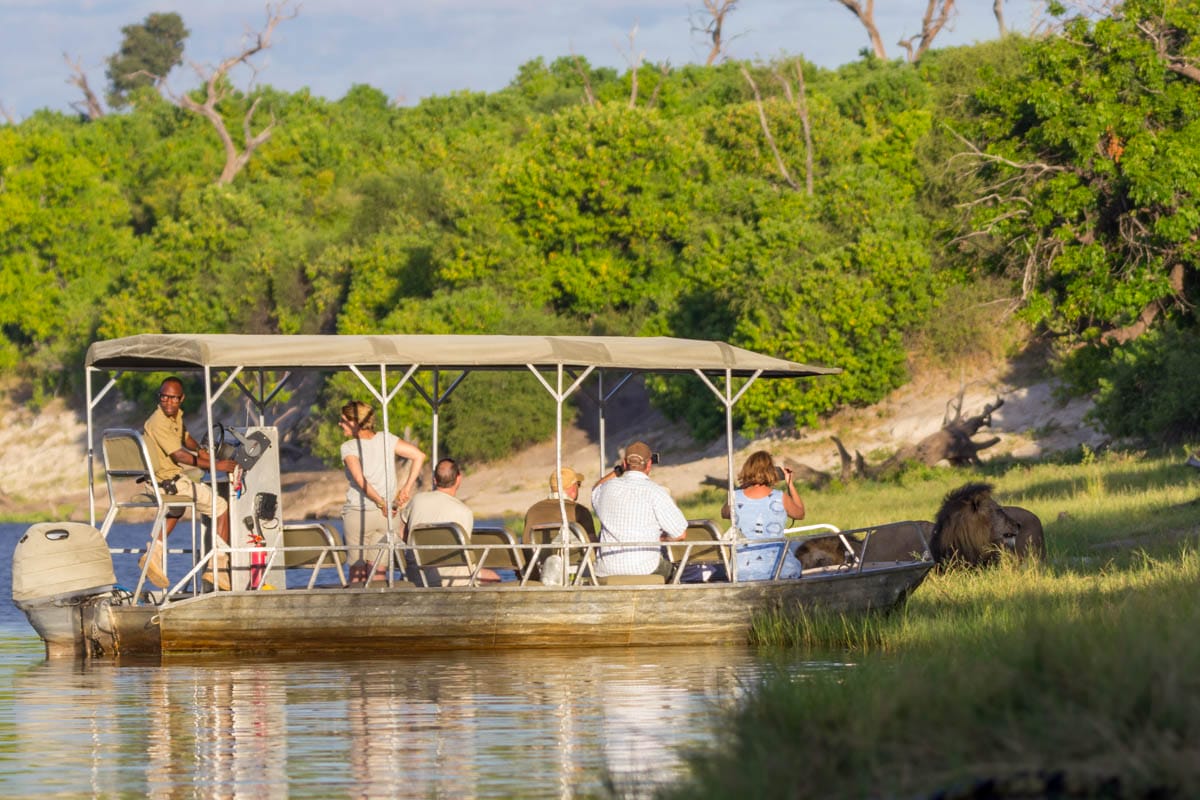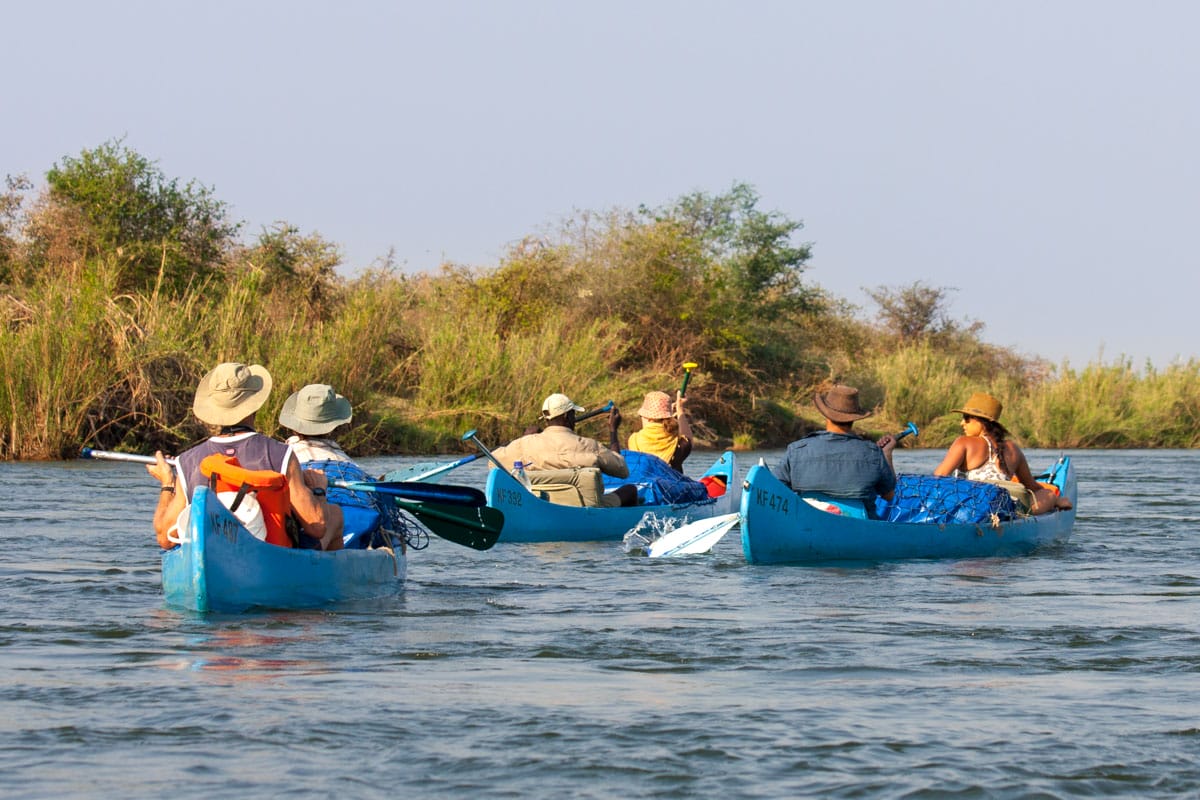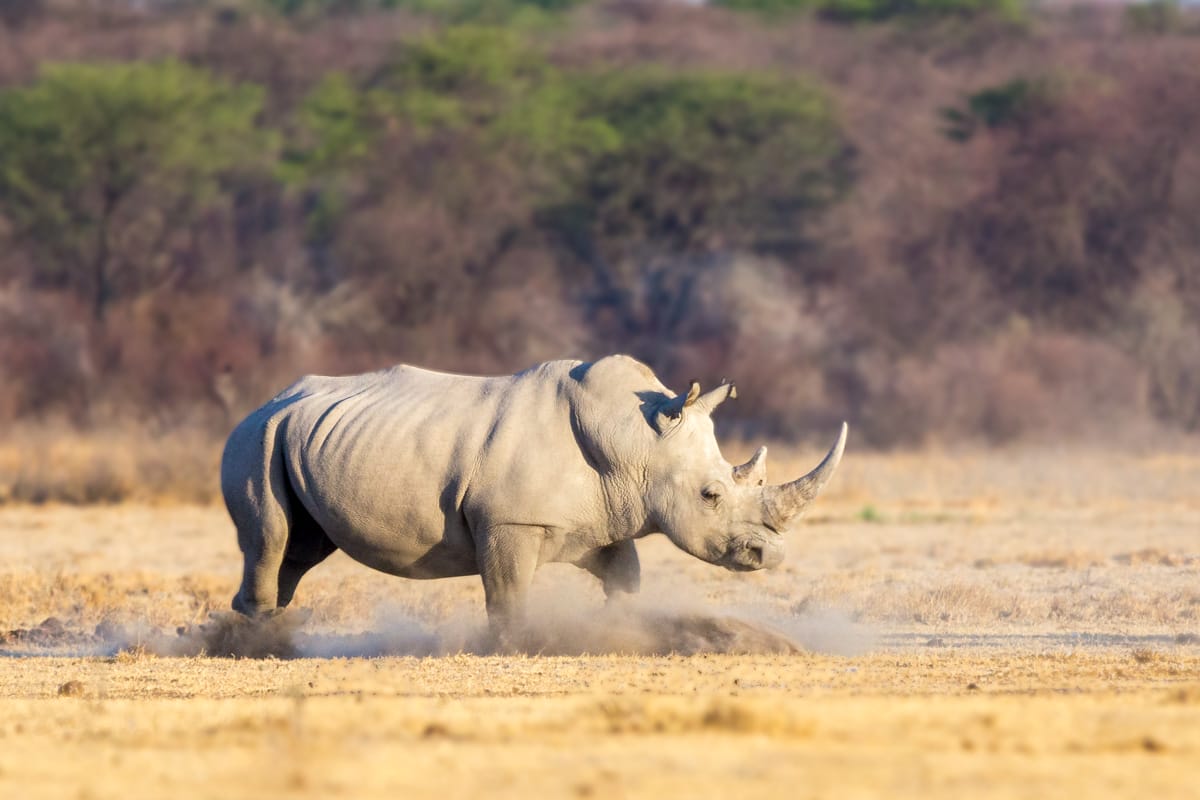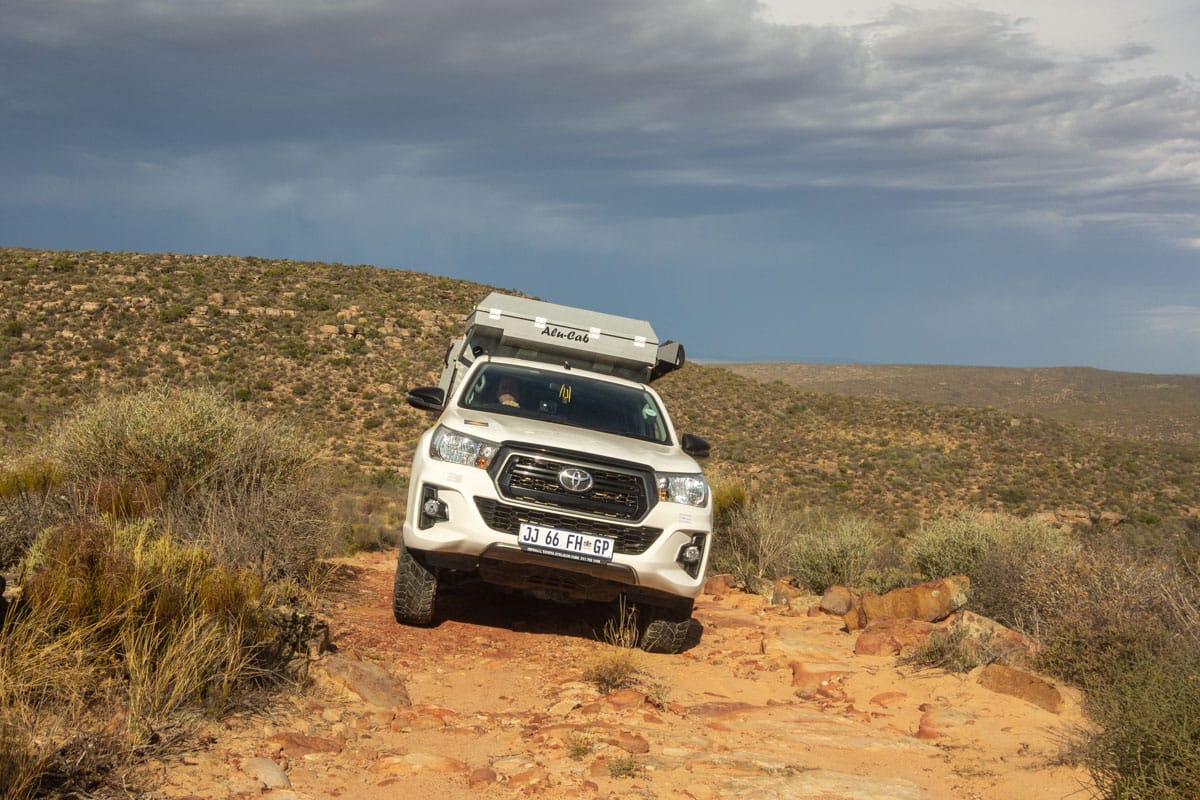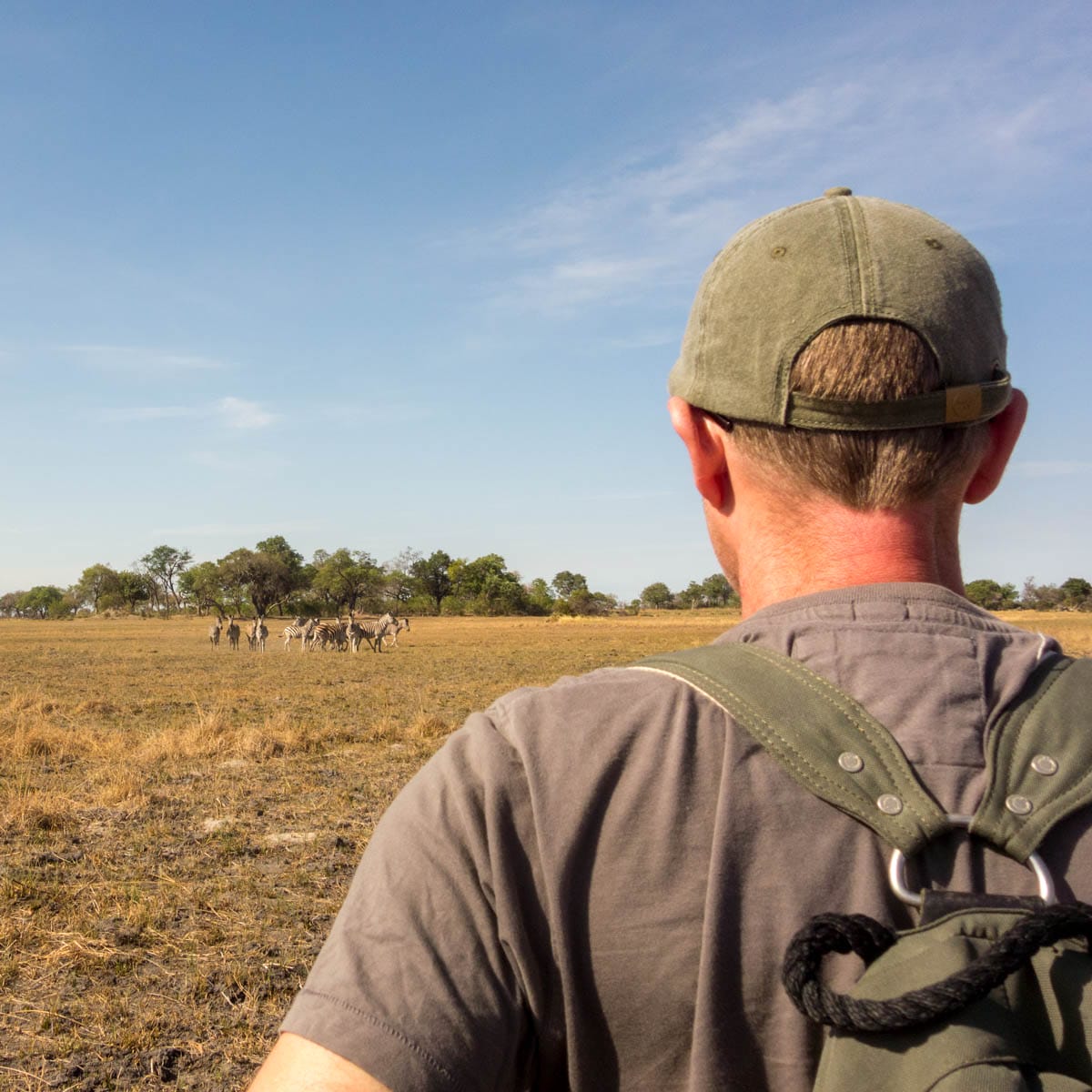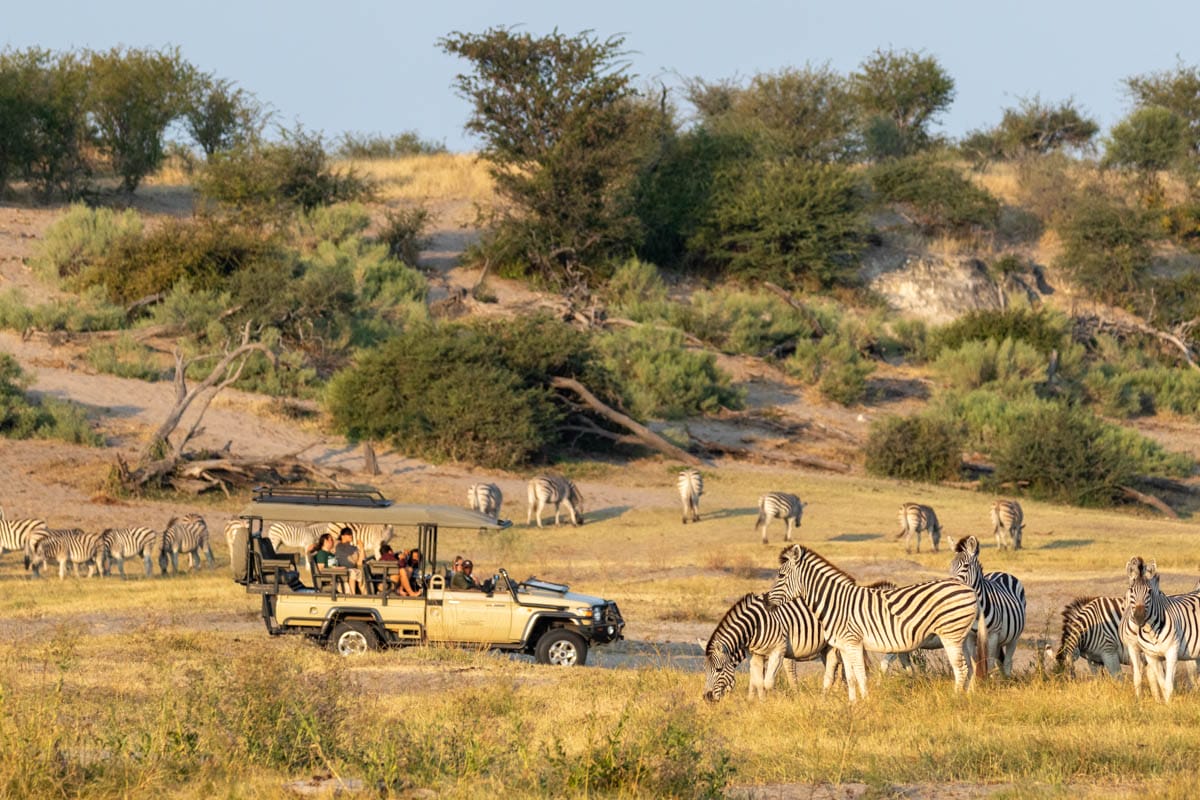Embark on your first self-drive safari in botswana : The Big Five Route
Botswana is not a destination for experienced self-drivers only, it is also a great self-drive safari country for the first-timers, thanks to a good quality road network that easily connects the main points of interest. You maintain your independence until the entry of the most perilous reserves while initiating yourself to drive and observe animals in parks that remain accessible.
The big 5 route is particularly suitable for those wishing to travel semi-independently in a 4×4 vehicle, to discover the big five, these emblematic animals of the Africa whilst soaking up Batswana culture and practicing hiking activities.
Johannesburg
Waterberg Biosphere Reserve
Mapungubwe National Park
Tuli Wilderness
Goo-Moremi
Khama Rhino Sanctuary
Boteti River
Chobe Forest
Chobe National Park
Victoria Falls
SUMMARY
Destination: Botswana, Zimbabwe
Duration: 14 to 21 days
Starting point: Johannesburg or Kasane
Accommodation: Camping and/or Self-catering and/or Lodge
Elephant, Chobe Forest, Botswana
Etape par étape
JOHANNESBURG
Johannesburg consists of various districts that developed around a gold mine discovered in the 19th century. At first glance, it is a somewhat confusing city due to its dense population, its township and upmarket suburb construction, its poor reputation, its stark social contrasts, its informal economy and its apparent disorganisation. However, its historical heritage is fascinating and the gradual regeneration of many neighbourhoods heralds a renewal and a dynamic that arouses curiosity.
Getting to know South African culture takes time. But in one day, you can relive the historic moments of the Rainbow Nation by visiting the excellent Apartheid Museum and the iconic Soweto neighbourhood.
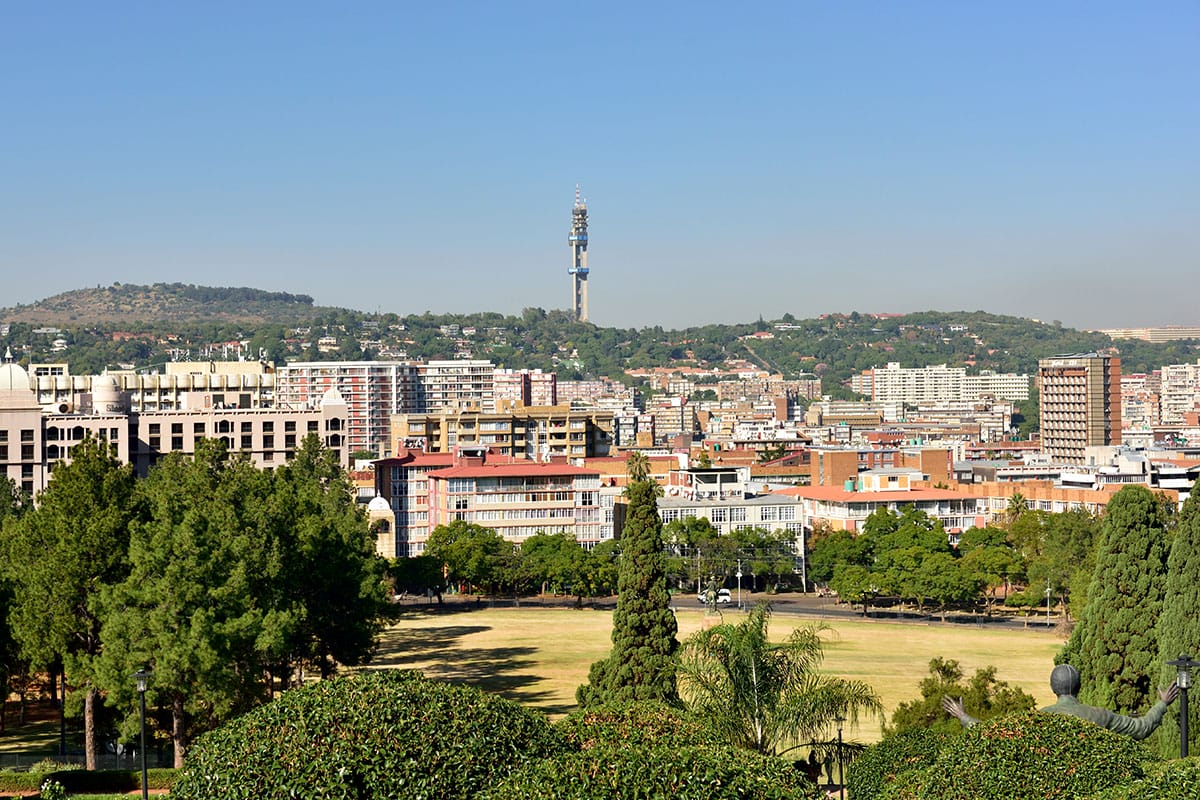
Johannesburg © South African Tourism
ACCOMMODATION OPTIONS
Mid-range and upmarket lodges
After a long journey, nothing is more relaxing than arriving at Mahatma Gandhi’s house. Both a museum and a guesthouse, Satyagraha is a unique place with a powerful history and enchanting charm. Once you’ve put down your bags, you’ll feel only one desire: to breathe and be inspired by this place full of wisdom.
Camping and glamping
If the city isn’t your thing, immerse yourself in wildlife by staying at the Dinokeng Reserve. Just 1.5 hours from the capital, beautiful bush camps await you for a first immersion in nature.
WATERBERG BIOSPHERE RESERVE
Unspoilt and picturesque, the Waterberg region is often described as South Africa’s best-kept secret. Its wild beauty and diverse flora and fauna have led to the development of several exciting ecotourism projects. Today, the Waterberg Conservancy Biosphere Reserve, an alliance of hunting grounds and agricultural land, protects more than 1,500 km² of the Waterberg habitat.
The Waterberg mountain range stretches for 150 kilometres, forming an arc from Thabazimbi in the west to Potgietersrus in the east. Its mountainous landscape is criss-crossed by numerous rivers and marshes where sanctuaries, nature reserves and farms open to tourism have been established.
While not all of Africa’s wild animals are represented here, there are still 75 species of mammals. Among them, you may be lucky enough to encounter elephants, lions, white and black rhinos, hippos, leopards, buffaloes or rarer antelopes such as elands.
The Waterberg region is also a paradise for birdwatchers. More than 300 species of birds have been recorded.
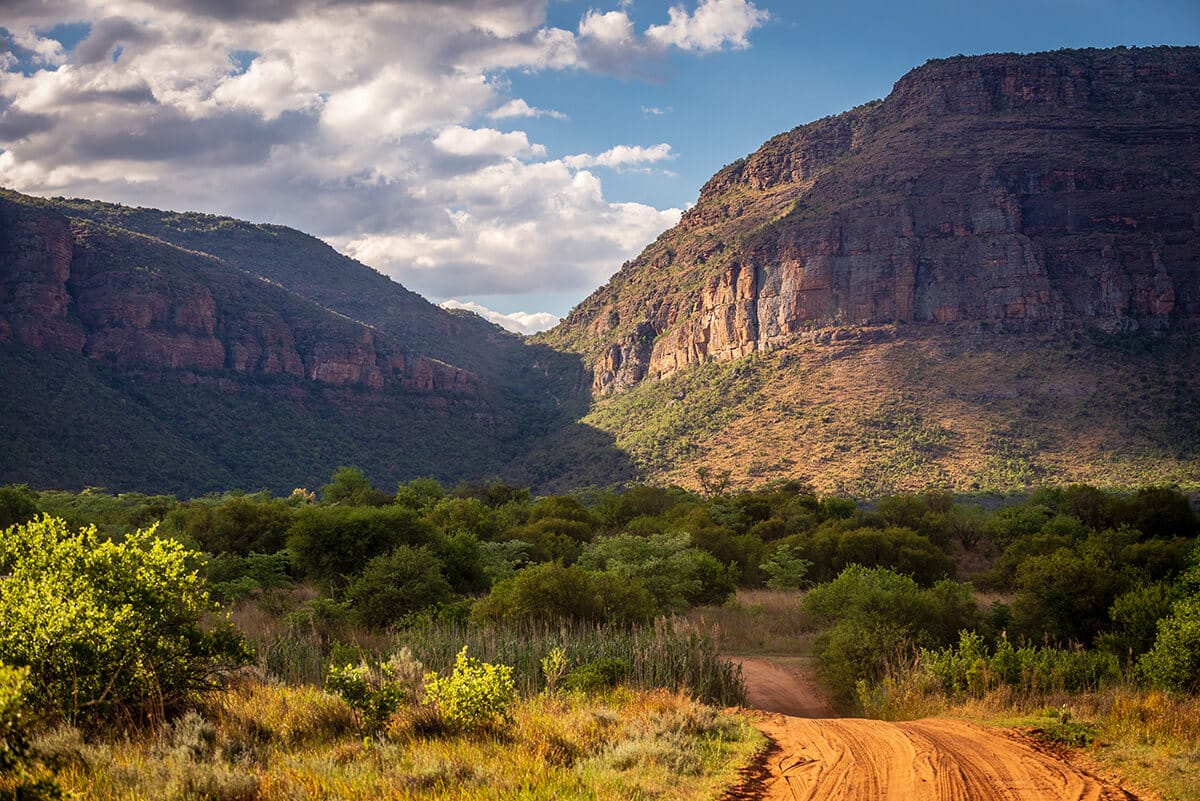
Landscape of Marakale, Waterberg, South Africa
ACCOMMODATION OPTIONS
Mid-range and upmarket lodges
Big 5 and refinement are the keywords for the private reserves of Welgevonden and Lapalala, both located in a magnificent setting promising absolute well-being and an unforgettable safari experience.
Camping and glamping
Marakele National Park is a must-see destination for a camping holiday in the Waterberg region. Surrounding the park, private reserves offer secluded bush camps with no fences or neighbours. A true paradise for lovers of nature and solitude!
MAPUNGUBWE NATIONAL PARK
Mapungubwe National Park is located in the far north of South Africa, where the Limpopo and Shashe rivers meet, and where Botswana, Zimbabwe and South Africa converge.
The park is remarkably beautiful and boasts fossils and rocks dating back 3 billion years. In addition, 24 species of acacia trees and a multitude of baobabs are carefully protected here. Its cultural significance earned it UNESCO World Heritage status in 2003.
A valuable witness to the Iron Age, between the 11th and 13th centuries, Mapungubwe was the very first kingdom in South Africa. Its name means ‘stone monuments’ and refers to the large houses and walls that were built here. After prospering thanks to cattle breeding, copper, ivory and trade, the site fell into decline. The depletion of local resources and the shift of interregional trade to other trading centres such as Great Zimbabwe are probably the cause.
Today, it remains a place steeped in history, offering many activities in a sumptuous natural setting.
ACCOMMODATION OPTIONS
Mid-range and upmarket lodges
The park offers decent accommodation. However, the most beautiful lodges in the region are located nearby, particularly in the Mapesu Private Game Reserve.
Camping and Glamping
Mapungubwe National Park has a very pleasant campsite. Other camping and glamping options are available in lodges located on the outskirts of the reserve.
You enter Botswana via the Platjan border post. Your self-drive 4×4 safari in search of the Big Five continues in the Northern Tuli Game Reserve.
NORTHERN TULI GAME RESERVE
Tuli Block is a narrow strip of land extending 350 km along the Limpopo river, characterized by spectacular rock formations, a rich and varied fauna as well as a few natural sites creating a singular ensemble compared to other regions of Botswana.
Its most famous natural monument is the Solomon wall, 30m high, present on both side of the dry river of Motloutse.
Tuli has 48 species of mammals and more than 350 species of birds. With the elephant present in exceptional numbers, leopard is the most emblematic animal of the reserve. Although one of the most widespread felines on the African continent, the leopard is not easily spotted due to its stealthy and solitary nature. The chances of seeing it in the Tuli region are much higher than elsewhere in Botswana.
The Northern Tuli Reserve is the succession of private concessions that can be crossed by self drivers via a sand and gravel track. The most welcoming and well positioned campsite is that of Molema, born from a community tourism project and now managed by Tuli Wilderness.
To enjoy the activities in the private areas, you will need to reside in one of the lodges or tented camps of the reserve. They all offer traditional game drive, hiking, biking or horse-riding and visits to surrounding villages.
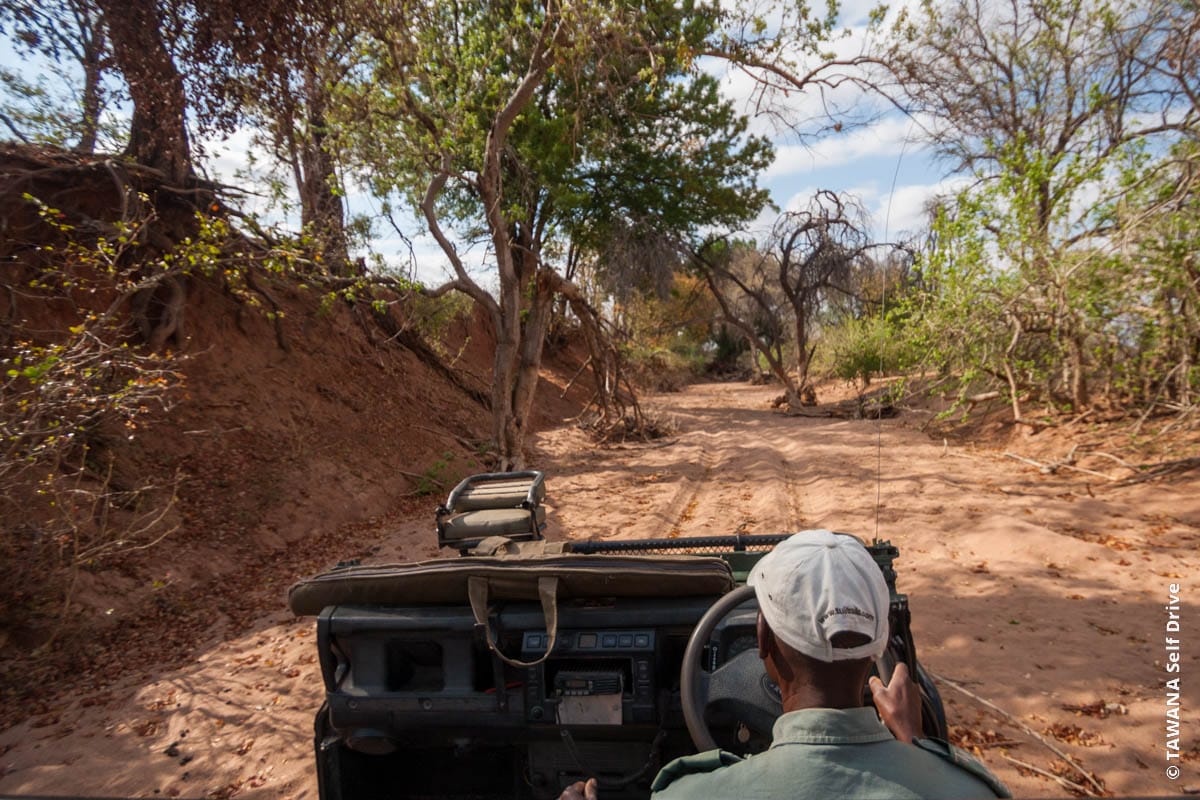
Tuli is famous for its guided safaris specialising in leopard watching.
ACCOMMODATION OPTIONS
Mid-range and upmarket lodges
Several lodges and camps occupy the reserve’s private concessions. All offer traditional game drives and sometimes walking, cycling or horse riding safaris. Activities must be guided, as self-drive 4×4 safaris are not permitted.
Camping and glamping
There is no camping within the reserve, but there are affordable glamping options available.
KHAMA RHINO SANCTUARY
The Khama Rhino Sanctuary is one of the few places where rhinos can be observed in Botswana.
The sanctuary was born out of a community project initiated by villagers in the Serowe region, at a time when poaching had decimated the country’s rhino population. Located near a military base, this refuge, with its typical Kalahari vegetation, consists of plains and open spaces, the ideal habitat for white rhinos, and denser bushland, preferred by black rhinos.
With a healthy population of around 50 individuals, encounters are almost inevitable, especially around the Serwe Pan and Malema’s Pan waterholes. The reserve allows self-drive 4×4 safaris. However, rhino tracking on foot, in their own territory, is the most memorable experience to be had here. Thrills and excitement guaranteed, and a rare opportunity to leave the wheel for a few moments.
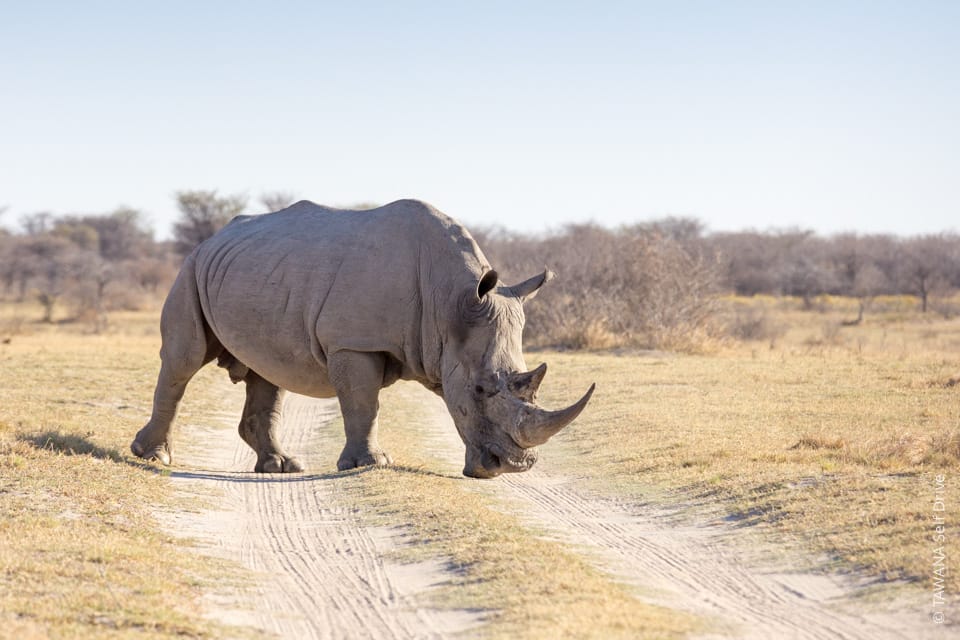
White rhinoceros, Botswana
ACCOMMODATION OPTIONS
Mid-range and upmarket lodges
There are no comfortable lodges at or near the Khama Rhino Sanctuary. A few guesthouses and hotels are available in Serowe.
Camping and glamping
The sanctuary has a pleasant campsite and very rustic chalets. Overall, the facilities are outdated. Camping is the best option.
MAKGADIKGADI NP: BOTETI RIVER
Makgadikgadi National Park is easily accessible from the Rhino Sanctuary. A paved road connects Serowe to Rakops and reaches the village of Khumaga, where there is a direct entrance to the park.
The Boteti River marks the western boundary of Makgadikgadi. Fed by the Okavango Delta via the Thamalakane River, which flows through Maun, it is home to abundant wildlife, particularly during the dry season when zebras migrate from the interior of the pans.
Bordered by savannah landscape, the river is frequented by elephants, giraffes, wildebeests, lions, hyenas and hippos, all attracted by the water in this particularly arid region.
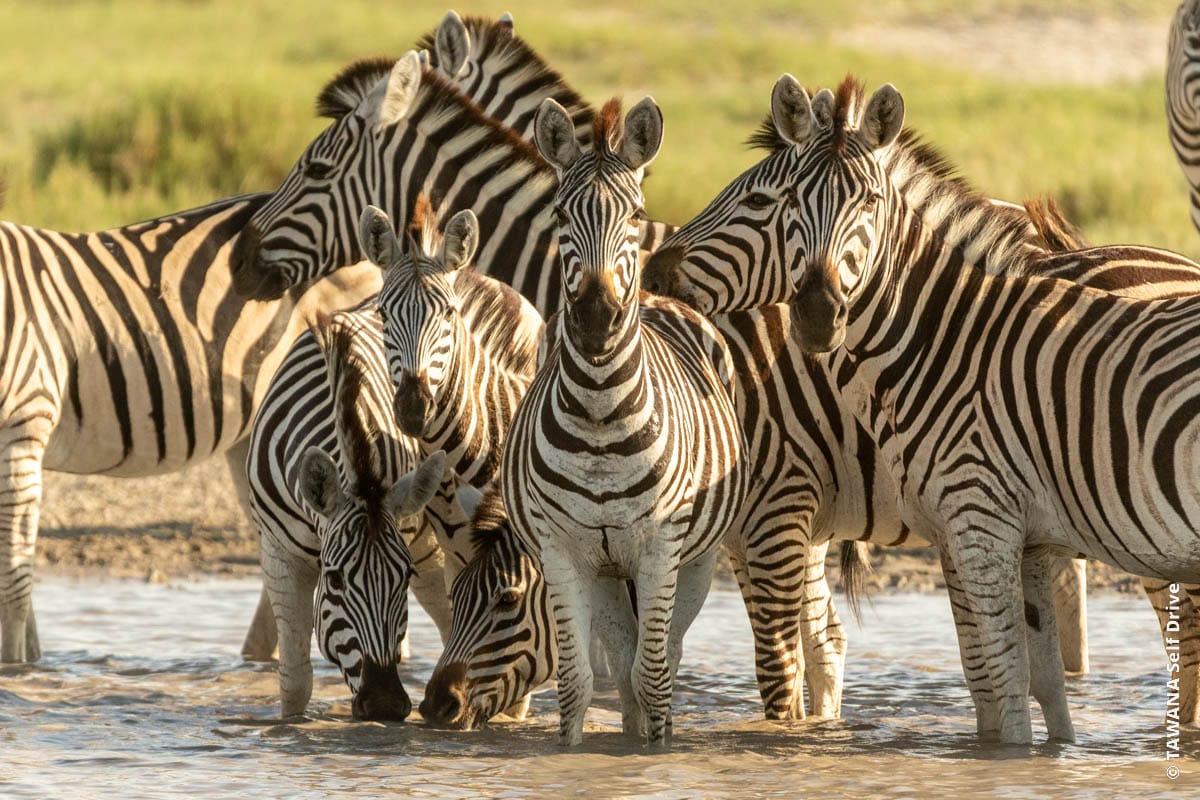
Zebra migration, Makgadikgadi National Park
ACCOMMODATION OPTIONS
Mid-range and upmarket lodges
Directly connected to the Boteti River and a privileged witness to the zebra migration, Leroo la Tau is the most beautiful lodge in the region.
Camping and glamping
The Khumaga public campsite is located within Makgadikgadi National Park. Opposite, on the other bank, Boteti River Camp also welcomes campers in the comfort of a facility with a restaurant. Chalets are also available for a comfortable overnight.
CHOBE FOREST
The old Hunter’s Road connecting Nata to Kasane runs through a corridor used by elephants migrating between Zimbabwe and Botswana. It is common to spot them along the way. Stop off at the bush camps set up next to strategic watering holes, where you will witness spectacular gatherings during the dry season.
ACCOMMODATION OPTIONS
Mid-range and upmarket lodges
Because the region is not very touristy, Camp Kazuma is the only lodge located north of Pandamatanga, opposite Hwange National Park in Zimbabwe. A secret location, but well known to elephants ;-)
Camping and glamping
The most famous and oldest bush camp on Hunter’s Road is Elephant Sands, located around a permanent waterhole where elephants come to drink during the dry season. In fact, people stop here just for the pleasure of watching them from their chalets or directly from the campsite. Sometimes they arrive from all directions and at all hours, forming continuous columns and quickening their pace as they approach the water. Various activities are available: bush walks, barbecues in the great outdoors, game drives… Self-drive safari is not permitted.
More recent and closer to Kasane, Chobe Forest Camp offers a completely different atmosphere, more peaceful and intimate, in the heart of the forest, with camping or very nice furnished tents. The elephants like it too :-)
CHOBE RIVER FRONT
In Botswana, the Chobe River is the place to be for four of the Big Five. During the dry season, the water attracts an impressive number of animals. The density of elephants becomes exceptional, and huge herds of buffalo kicking up large clouds of dust can be spotted from afar. A great way to find lions! The Chobe counts nearly 200 individuals especially in the Serondela area where they are frequently observed.
OPTIONS D’HEBERGEMENTS
Mid-range and upmarket lodges
There are various options available in Kasane, such as Bakwena Lodge or Chobe River Lodge, both of which offer a little more privacy than other establishments in town. If you are looking for a truly special lodge experience, opt for the Nogatsaa region instead.
Camping and glamping
Ihaha is the only campsite in the River Front area. Other can be found in Kasane or in the Chobe enclave.
VICTORIA FALLS, ZIMBABWE
How could you resist visiting the spectacular Victoria Falls to end this trip on a high note?
Forming the largest curtain of water in the world, the falls are located on a section of the river that is 1.7 km wide, where the water plunges nearly 100 m. Their flow is particularly high after the rainy season. The mist cloud that rises from them is visible from over 30 km away.
A natural border between Zambia and Zimbabwe, they are more impressive on the Zimbabwean side. However, they can be visited from both countries.
ACCOMMODATION OPTIONS
Mid-range and upmarket lodges
Ilala Lodge and Victoria Falls Hotel are two iconic properties in Victoria Falls and enjoy the best locations. Leaving the city, there are also some beautiful lodges on the edge of the gorges or the Zambezi River.
Guesthouse
Victoria Falls has a rather dynamic range of accommodation options. Here, we like to offer you small, family-run establishments scattered throughout residential neighbourhoods. The welcome is always warm and the facilities are of excellent quality.
The Okavango Delta is one of the most beautiful wildlife sanctuaries in Africa. Its authentic ecosystem is incomparably rich and diverse. Birds abound here, and all of Africa’s large mammals can be observed in exceptional conditions.
OKAVANGO DELTA PRIVATE CONCESSIONS
The Delta’s private concessions are accessible only by plane from Maun. This is a great opportunity to observe the spectacular geography of the Delta and catch a glimpse of some large herds! Once there, a high-end experience awaits you: the comfort of the lodges, which blend perfectly into the natural surroundings, and the beauty of the location are remarkable, with a team always on hand to make your stay truly unforgettable.
Going on a lodge safari in the Okavango concessions is an expensive privilege. However, the delta is a magical place, completely unspoilt, with breathtaking natural beauty, far from mass tourism and close to incredibly free wildlife. It will probably be the highlight of your trip!
Need some advice?
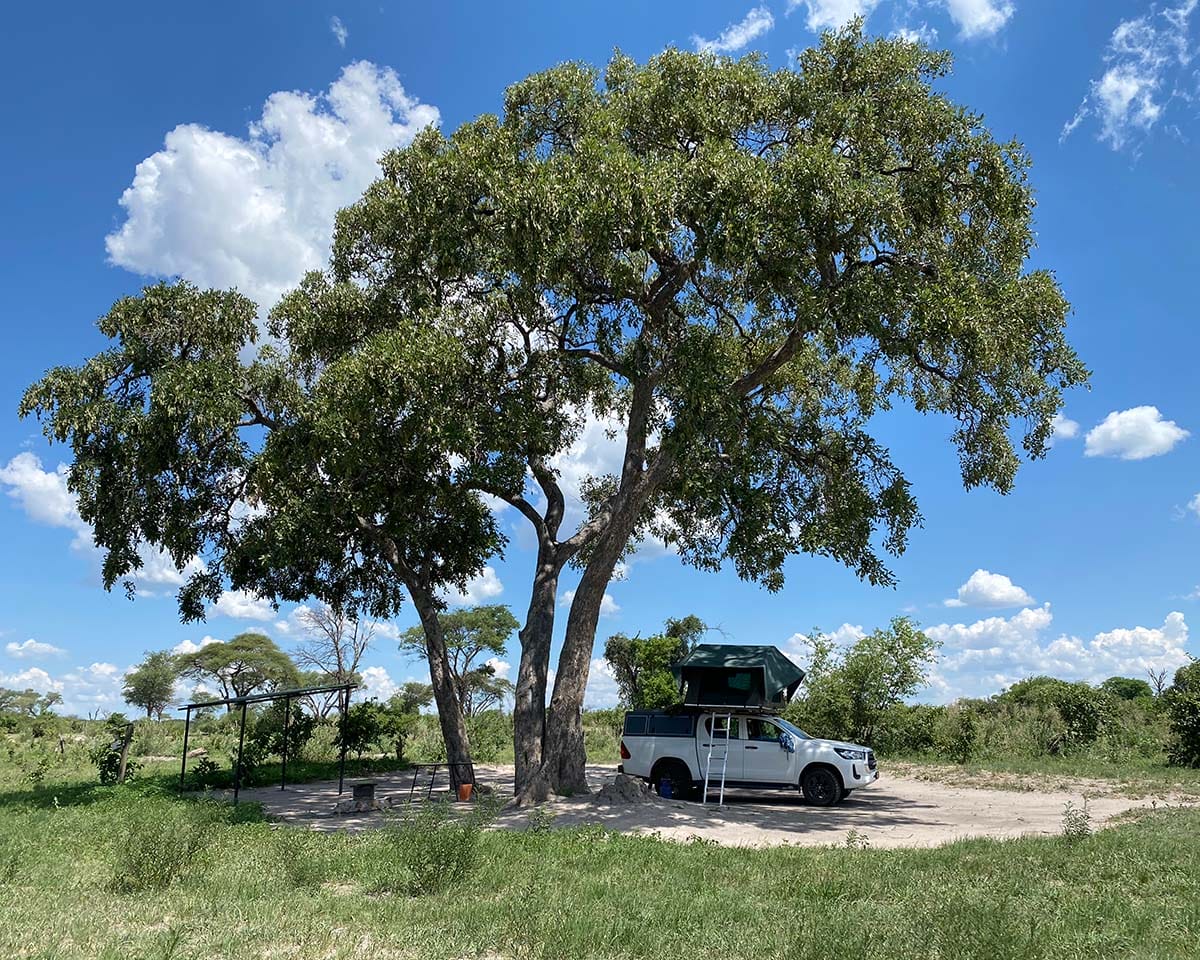
or call us
+267 7752 8837
Whatsapp vocal, monday to friday, from 9h to 17h
WHY CHOOSE THIS ROAD TRIP?
A programme that allows you to enjoy independence and learn how to drive a 4×4, while taking advantage of guided activities when the terrain becomes challenging.
Including a visit to the Khama Rhino Sanctuary, this itinerary offers the best chance of encountering Botswana’s Big Five.
A rich and balanced itinerary, from Johannesburg to the legendary Victoria Falls, which can be adapted to short stays without losing any of its intensity!
LIVE UNFORGETTABLE EXPERIENCES
In Africa, the term ‘Big Five’ refers to the five large mammals that were feared and respected by trophy hunters in the 19th and 20th centuries. These are the elephant, buffalo, rhinoceros, lion and leopard. Although sport hunting has unfortunately not disappeared from the continent, the ‘Big Five’ are now more often sought after for the special thrill they provide on safaris and for their photographic appeal. Searching for these iconic animals will be the ultimate goal of this itinerary, through your own self-drive 4×4 safaris or with the guided activities available along the way.
Exploring new horizons
CHOBE • KHWAI • MOREMI • MAKGADIKGADI & NXAI • VICTORIA FALLS • OKAVANGO DELTA
CHOBE • KANVOGO-ZAMBEZI • PANHANDLE • KALAHARI • NXAI-MAKGADIKGADI
JOHANNESBURG • WATERBERG • TULI • RHINO SANCTUARY • BOTETI • MAKGADIKGADI PANS • CHOBE • VICTORIA FALLS
CHOBE • KHWAI • MOREMI • MAKGADIKGADI & NXAI • VICTORIA FALLS • OKAVANGO DELTA
CHOBE • KANVOGO-ZAMBEZI • PANHANDLE • KALAHARI • NXAI-MAKGADIKGADI
JOHANNESBURG • WATERBERG • TULI • RHINO SANCTUARY • BOTETI • MAKGADIKGADI PANS • CHOBE • VICTORIA FALLS


